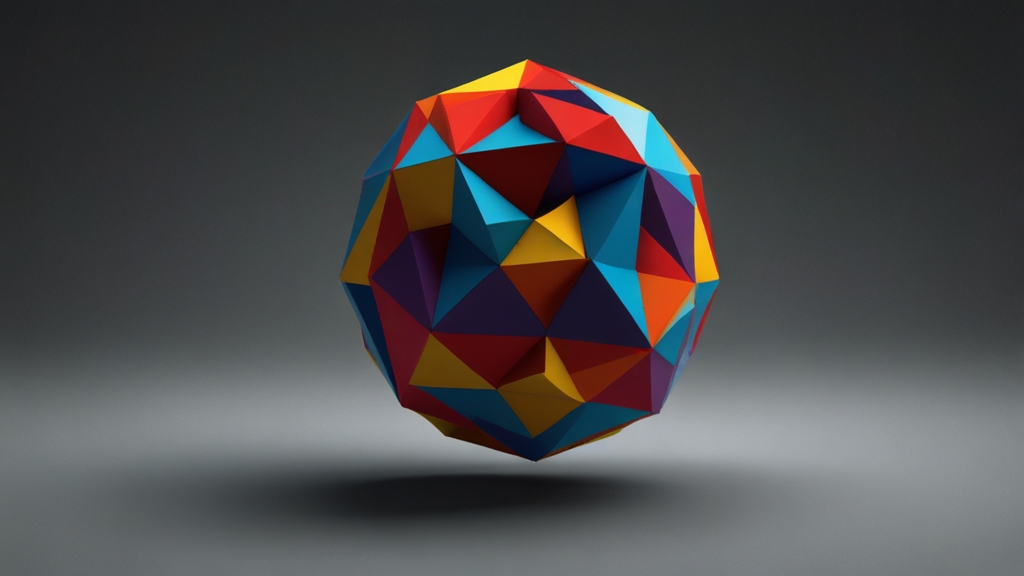Geometry and the Mind: How Shapes Affect Mental Health
Shapes and geometric patterns are more than just components of the physical world; they have a profound impact on our mental health. From the structures surrounding us to the designs we engage with daily, geometry subtly yet significantly influences our cognitive processes and emotional states.
The Psychological Impact of Shapes
Shapes can evoke a myriad of psychological responses. For instance, circles often symbolize unity, harmony, and completeness. Their rounded edges and continuous paths can promote a sense of calm and peace. Squares and rectangles, with their straight lines and right angles, give an impression of stability, order, and reliability. Triangles can indicate direction, dynamism, and balance, but their sharp angles can also evoke a sense of caution or threat, depending on their orientation.
"The inherent characteristics of various shapes can trigger distinct emotional and psychological reactions, influencing our mood and analytical focus." - Dr. Eileen Hathaway
Shape in Architecture and Interior Design
The design of living and working spaces has long considered the impact of shapes on the inhabitants. Modern architecture often utilizes geometric forms to create environments that are both functional and aesthetically pleasing. Rounded corners, for example, reduce perceived sharpness and can make a space feel more inviting and less intimidating.
In interior design, circular tables encourage more democratic and inclusive discussions compared to long, rectangular ones. The use of shapes is also evident in furniture, decor, and even the layout of rooms, all aimed at optimizing mental well-being by creating balanced and harmonious spaces.
Shapes and Creativity
Engagement with geometric patterns can stimulate creativity. The repetitive nature of some geometric forms, such as those found in mandalas, has been shown to help in focusing the mind and reaching meditative states. This enhanced concentration can aid in problem-solving and idea generation.
"Geometry serves as a bridge between the tangible and the abstract, helping individuals navigate complex thought processes through simple visual forms." - Professor Liam Carson
Modern Applications: Technology and Wellness
In the digital age, the interaction with shapes extends to the virtual world. User interface (UI) and user experience (UX) design leverage geometric principles to create intuitive and pleasant digital environments. Rounded buttons, grid layouts, and evenly spaced elements can reduce cognitive load, making digital interactions smoother and more pleasant.
Moreover, many therapeutic applications use geometric designs to promote mental health. Apps that incorporate mandala coloring, for instance, use geometric symmetry to provide users with relaxation and stress relief. Virtual reality environments also utilize geometric considerations to form spaces that promote a sense of immersion and comfort.
Conclusion
The interplay between geometry and mental health is a fascinating and multifaceted topic. Shapes, whether in our physical surroundings or digital interactions, wield the power to influence our emotions, thoughts, and behaviors. Recognizing and harnessing this connection can lead to environments and experiences that foster well-being and mental clarity.
"Understanding the geometry of our environment enables us to craft spaces and tools that nurture our psychological health and enhance our cognitive capacities." - Architectural Psychologist Dr. Maya Lewis
As our awareness of this relationship grows, so too does the potential to create more supportive, engaging, and mentally nourishing spaces. Whether through architectural design, interior decor, or digital environments, the careful consideration of shapes and geometry has the power to transform our mental landscape for the better.








